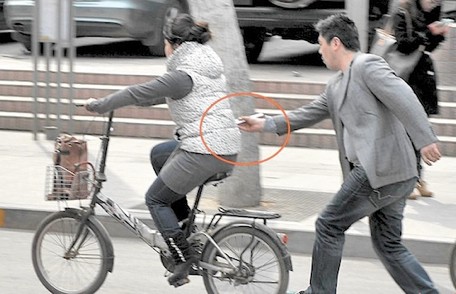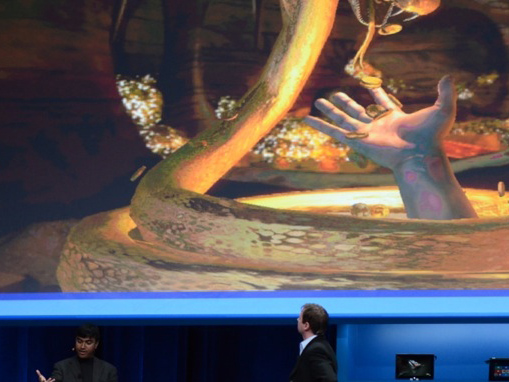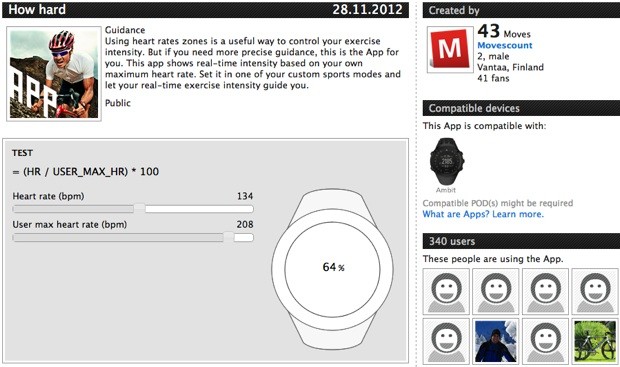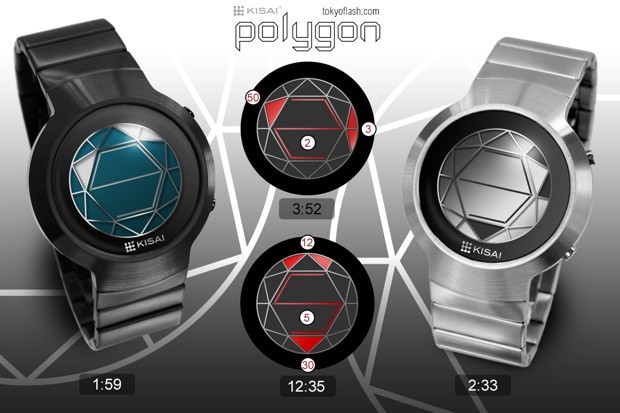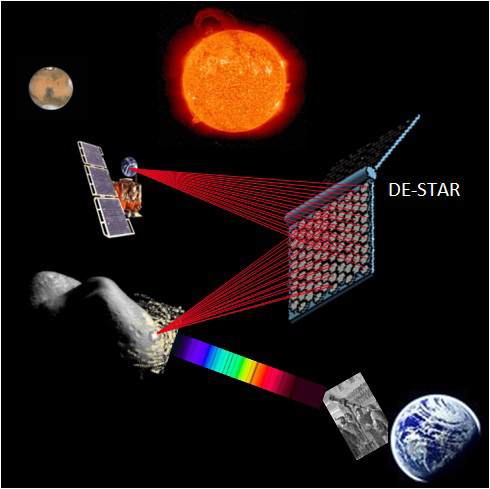 The sky is totally falling.
The sky is totally falling.
As if it weren't enough that a meteor boomed across the Russian sky today, shattering windows and injuring about 1,000 people, an asteroid 150 feet across is about to sideswipe our planet.
Asteroid 2012 DA14, while unrelated to the meteor, is just as scary. It will graze us at just 17,200 miles from the surface, passing between Earth and our geosynchronous weather and communications satellites.
Possible asteroid strikes are no joke, and if you ask me (or the dinosaurs), they represent the biggest threat to our planet aside from human stupidity.
Fortunately, some non-stupid humans are finally getting serious about countering this threat.
Two California scientists are proposing a system that could eliminate threats the size of 2012 DA14 in an hour, or even asteroids 10 times larger in about a year.
UC Santa Barbara physicist Philip Lubin and Gary Hughes, a researcher at California Polytechnic State University, San Luis Obispo, came up with something called Directed Energy Solar Targeting of Asteroids and Exploration, or DE-STAR.
This "directed energy orbital defense system" essentially harnesses solar power, channels it into a phased array of laser beams, and then evaporates dangerous asteroids or comets or changes their orbits.
Based on current technology, DE-STAR could be built in various sizes, from something that would fit on a desktop to an array about 6 miles across. The bigger it is, the more powerful it would be.
A system the size of the International Space Station could begin to nudge comets and asteroids from their orbits, according to the scientists.
But if DE-STAR were 100 times larger, it could bombard its target with 1.4 megatons of energy per day, destroying an asteroid 546 yards across in one year.
The system could also be used to determine asteroid composition, and help propel spaceships for interplanetary travel. Theoretically, the largest configurations could power a 10-ton craft at near the speed of light, enabling interstellar voyages.
Great, but who's going to pay for this ray gun with warp drive? The scientists don't have an answer but say we should start small and keep working.
[Source: CNET - Click here to read the full story]


